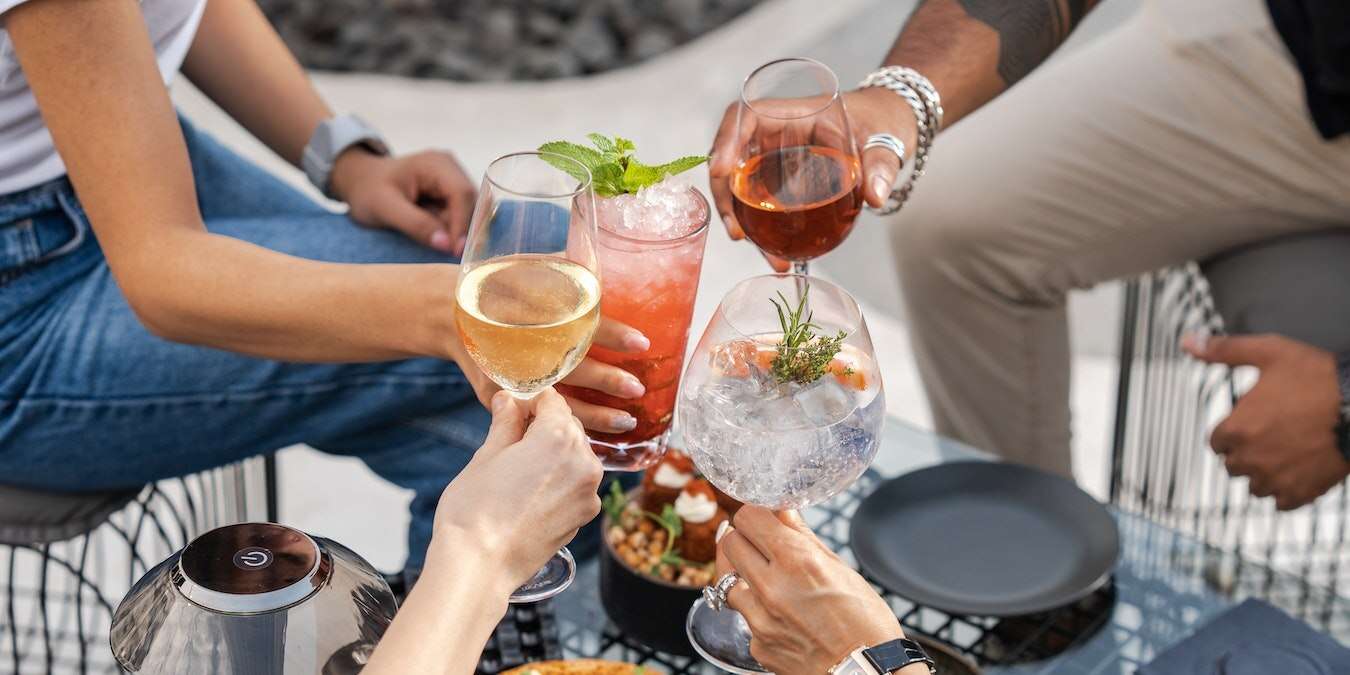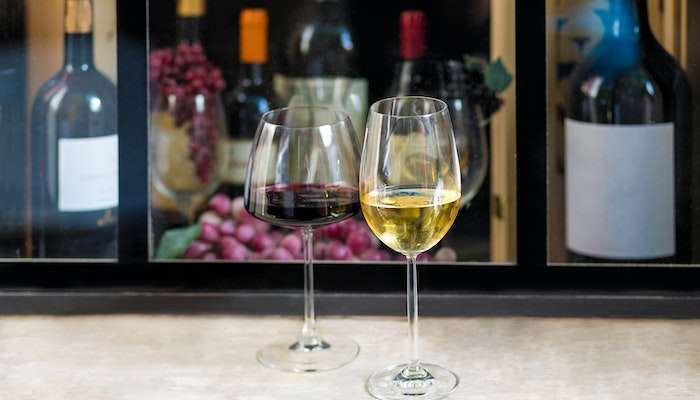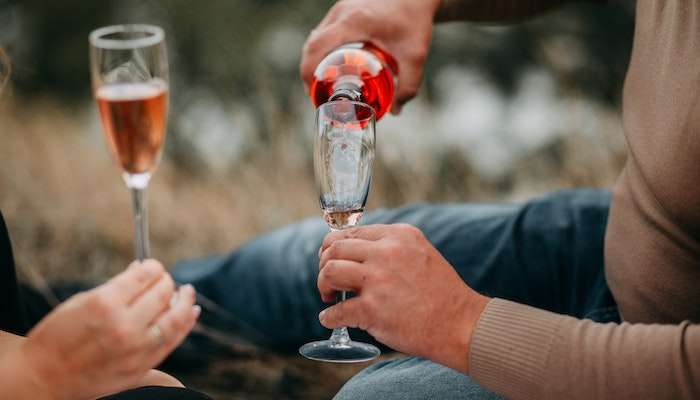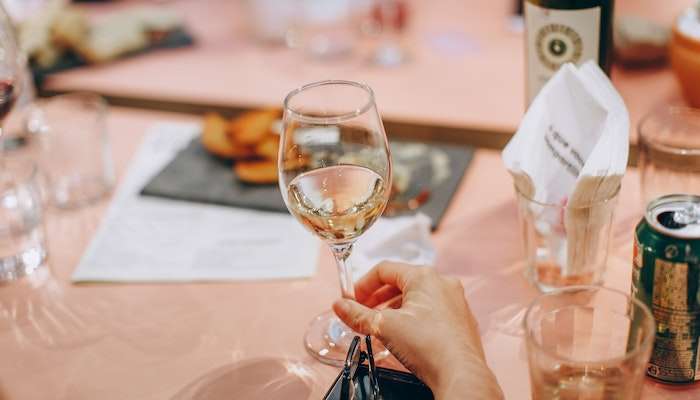
Exploring the world of wine can be an exciting journey filled with delightful flavors and rich experiences. Whether you’re a complete newbie or someone looking to enhance their wine knowledge, understanding the basics of wine types, serving techniques, food pairing, and etiquette can significantly improve your enjoyment.
What Types of Wines Exist?
Wines come in various types. Each kind of wine offers unique characteristics and flavors. Also, certain wines work better based on the meal you are preparing or the specifics of the social gathering you are purchasing the wine for. Because of this, all wine newbies need to know the most basic types of wine so they can choose the best options for any given situation.

Here are some common categories to familiarize yourself with:
- Red Wines: Red wines include Cabernet Sauvignon, Merlot, Pinot Noir, and Syrah. They are generally fuller-bodied, with flavors ranging from fruity to earthy.
- White Wines: Popular white wines include Chardonnay, Sauvignon Blanc, Riesling, and Pinot Grigio. They can range from crisp and refreshing to rich and buttery.
- Rosé Wines: Rosés are made from red grapes with minimal skin contact, resulting in a range of hues from pale pink to deeper shades. Rosé wines are typically light and refreshing.
- Sparkling Wines: Unlike other wines, sparkling wines are bubbly, much like carbonated soda. These wines include Champagne, Prosecco, and sparkling wines from different regions. These wines are known for their effervescence and are often associated with celebrations.
Serving Wine and Choosing Glassware
Many adults enjoy wine during dinner parties and other social functions. If you’ve never served wine before, you can easily make mistakes regarding the glassware you use and how you present the wine to your guests. Since proper wine service and glassware enhance your wine-drinking experience, you want to ensure you have these basics down.

Serving Temperature
Believe it or not, the type of wine matters when it comes to serving temperatures. Wines served too warm or cold can cause them to lose their freshness or dull their flavors.
Therefore, you should remember these basics when it comes to wine serving temperatures:
- White wines should be served chilled (but not too cold).
- Inversely, red wines are best enjoyed at or slightly below room temperature.
- Sparkling wines should be served chilled and should not be opened too soon before serving.
Glassware
Glassware also matters when serving wine. In general, you should choose glasses with a large bowl and narrower rim to concentrate the aromas. There should also be space above the wine (below the rim) to help with aromas as well, so don’t fill the glass to the top.

Red wine glasses have a wider bowl, while white wine glasses have a slightly smaller bowl. Champagne flutes help retain bubbles, so always use these specialty glasses for sparkling wines.
Finally, if you are considering stemless wine glasses, you should keep two things in mind. First, stemless wine glasses are considered less formal, meaning they are for casual events. Second, stemless wine glasses will cause the wine to heat up since your hands directly contact the same part of the glass the wine is in, meaning they are better for red wines than white.
Wine Storage Temperatures and Tips
Proper storage conditions are essential if you plan to store wine for any length of time. However, not all wines follow the same storage tips, so you need to have the basics down so you properly care for the wine you purchased.
Generally, you should store wine at a consistent temperature and keep it somewhere that doesn’t experience frequent temperature fluctuations. Usually, the best temperatures for long-term storage are between 45-65°F, preventing the wine from premature aging. Fluctuations and extreme temperatures can negatively impact the quality of the wine.

The room you store the wine in should be away from direct sunlight because this can affect the wine’s stability and flavor. Also, humidity matters when storing wine. Maintain a humidity level of around 60-70% to prevent corks from drying out and allowing air to enter the bottle.
Finally, keep bottles on their sides to keep the cork moist, preventing it from drying out and allowing air to seep into the bottles.
Food & Wine Pairing Basics
Most wine newbies don’t realize that the difference between different types of wine impacts the flavor, and understanding these subtleties can help you pair wine with food in a way that elevates both the flavors of the wine and the dish you serve.
When trying to pair wine with food, consider these general guidelines.
Complement or Contrast?
Complement flavors by pairing similar characteristics, such as a rich red wine with a hearty steak. Alternatively, contrast flavors, such as pairing a crisp white wine with spicy Asian cuisine.

Balance Intensity
Match the intensity of the wine with the intensity of the dish. Light-bodied wines pair well with delicate dishes, while full-bodied wines can stand up to richer, bolder flavors.
Acid and Sweetness
Pair acidic wines with acidic dishes to balance flavors. Sweeter wines are often well-suited to desserts or spicy dishes.
Other Wine Etiquette Tips
When enjoying wine in social settings or formal occasions, keep these etiquette tips in mind:
- Wine Tasting: Hold the wine glass by the stem to avoid transferring heat from your hand to the wine, and swirl gently to release aromas.
- Wine Pouring: When pouring wine, fill the glass to about one-third to half full to allow room for swirling and enjoying the aromas.
- Toasting: Maintain eye contact when clinking glasses for a toast, and avoid crossing other people’s arms while clinking.
- Wine Labels: If you’re bringing a bottle as a gift, remove the foil capsule, but leave the label intact for the host to see and appreciate.
- Wine Conversations: Engage in conversations about wine with an open mind and respect for others’ preferences. Wine appreciation is subjective, and everyone has different tastes.
Finally, ensure you follow the same drinking etiquette tips with any other type of alcohol.
Make a Toast to Your Newfound Wine Knowledge
Exploring the world of wine is a fascinating journey that can enrich your senses and create memorable experiences. By understanding the types of wines, serving techniques, wine storage, food pairing basics, and wine etiquette, you can enhance your enjoyment and confidently navigate the world of wine. Remember, the most important aspect of wine appreciation is to savor and enjoy each sip and explore new flavors and experiences. Cheers!
Image credit: Pexels











